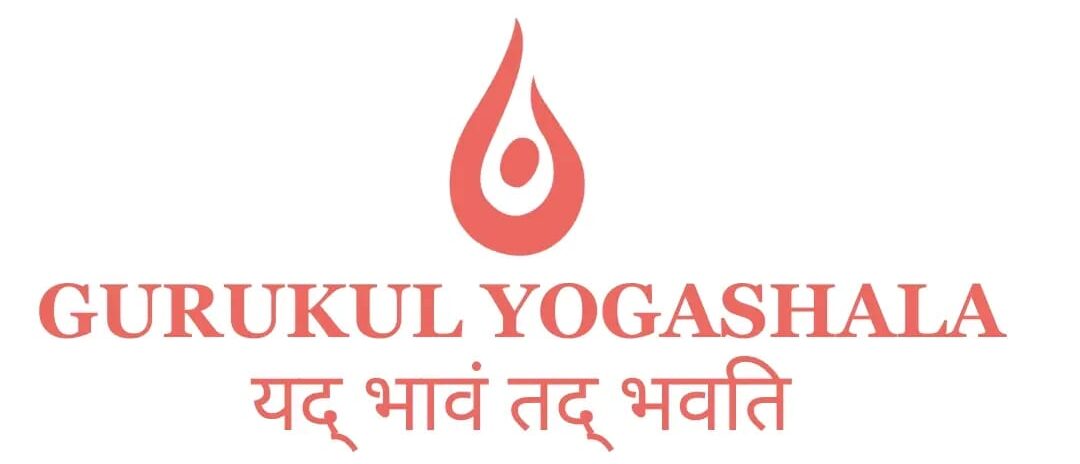Kapalbhati Pranayama Benefits: Meaning, Steps, and Precautions
In the realm of yoga and pranayama, there exists a powerful technique known as kapalbhati, a dynamic breathing exercise that invigorates the body and sharpens the mind. Kapalbhati, often translated as “skull shining breath,” is a kriya, a purification technique, with a rich history and profound effects. This article delves into the multifaceted kapalbhati pranayama benefits, exploring its proper execution, variations, precautions, and its potential to enhance your overall well-being.
What is Kapalbhati Pranayama?
What is kapalbhati? It’s a forceful exhalation technique followed by passive inhalation. The emphasis is on the active, rapid expulsion of air, while the intake is relaxed and natural. This process generates heat in the body and is believed to cleanse the nadis (energy channels), promoting physical and mental clarity. Kapalbhati kriya is a core component of many yoga practices, often incorporated into sequences to amplify their transformative impact.
How to Do Kapalbhati Pranayama: A Step-by-Step Guide
Mastering how to do kapalbhati correctly is crucial for reaping its full potential. Here’s a simple breakdown of the kapalbhati pranayama steps:
- Preparation: Find a comfortable seated position, preferably with a straight spine.
- Hand Placement: Rest your hands on your knees, palms facing upwards or downwards.
- The Breath: Inhale deeply through your nostrils, filling your lungs.
- Exhalation: Forcefully exhale through your nostrils, contracting your abdominal muscles. The exhalation should be short and sharp.
- Inhalation: Allow the inhalation to happen passively, as a natural rebound after the exhalation.
- Repetitions: Continue this forceful exhalation and passive inhalation rhythm for a set number of repetitions.
Kapalbhati Pranayama Benefits: A Holistic Approach to Well-being
The kapalbhati pranayama benefits extend far beyond the physical realm, influencing mental and emotional equilibrium. Here are some of the key advantages of incorporating this practice into your routine:
- Detoxification: Kapalbhati is believed to cleanse the body of toxins, purifying the blood and revitalizing vital organs.
- Digestive Health: This practice stimulates the digestive fire, improving metabolism and alleviating digestive issues like yoga for acidity and even yoga for stomach ulcer.
- Weight Management: Kapalbhati for belly fat is a popular pursuit, as the vigorous abdominal contractions can help tone the midsection. While does kapalbhati reduce belly fat is a common query, it’s important to remember that kapalbhati is most effective when combined with a balanced diet and regular exercise.
- Respiratory Strength: Kapalbhati strengthens the lungs and improves respiratory function, making it beneficial for conditions like asthma.
- Mental Clarity: This pranayama is known to calm the mind, improve focus, and reduce stress and anxiety. Pranayama for brain health is a significant aspect, as it enhances cognitive function and mental well-being.
- Energy Boost: Kapalbhati invigorates the body, increasing energy levels and combating fatigue.
- Skin Health: The increased blood circulation promoted by kapalbhati can contribute to a healthy, radiant complexion. Kapalbhati benefits for skin include a natural glow and reduced signs of aging.
- Hair Health: Improved blood flow to the scalp can also benefit hair health. Kapalbhati benefits for hair may include reduced hair fall and promoting hair growth. This aligns with the principles of yoga asanas for hair loss and yoga to prevent hair loss.
- Endocrine Balance: Kapalbhati is thought to have a positive influence on the endocrine system, which plays a crucial role in hormonal balance.
Kapalbhati and Specific Health Concerns
Kapalbhati has shown promise in supporting individuals with certain health conditions. For instance, kapalbhati and diabetes have been studied, suggesting potential benefits in blood sugar regulation. However, it’s crucial to consult with a healthcare professional before using kapalbhati as a primary treatment for any health condition. Similarly, yoga for fibroids and ramdev yoga for fibroids may incorporate breathing exercises like kapal bhati, but should be practiced under expert guidance.
Kapalbhati Variations: Exploring Different Approaches
There are different types of kapalbhati, each with subtle variations in technique. Sheetkrama kapalbhati and vyutkrama kapalbhati are examples of variations that involve different actions with the nostrils and are generally taught by advanced practitioners.
Kapalbhati Precautions: Ensuring Safe Practice
While kapalbhati offers numerous benefits, it’s essential to practice it with awareness and heed certain pranayama precautions. Here are some key considerations:
- Pregnancy: Pranayama during pregnancy, including kapalbhati, should only be practiced under the guidance of a qualified prenatal yoga instructor.
- High Blood Pressure: Individuals with high blood pressure should practice kapalbhati gently and avoid straining.
- Heart Conditions: Those with heart conditions should consult their doctor before attempting kapalbhati.
- Hernia or Ulcer: People with hernia or ulcer conditions, including yoga for ulcer and yoga for stomach ulcer, should exercise caution and seek expert advice before practicing kapalbhati.
- Menstruation: While some sources suggest that can we do kapalbhati in periods, it’s generally advisable to avoid vigorous pranayama during menstruation. It’s best to listen to your body and consult with a healthcare professional if you have concerns about kapalbhati during periods.
- General Precautions: It’s always recommended to learn how to do kapalbhati pranayam from a qualified yoga instructor to ensure proper technique and avoid potential kapalbhati side effects or contraindications of kapalbhati. Understanding the contraindications of kapalbhati is crucial for safe practice.
Integrating Kapalbhati into Your Daily Routine
Kapalbhati can be incorporated into your daily routine in various ways. You can practice it as a standalone kriya or include it as part of your yoga or meditation sessions. Even 5 min kapalbhati benefits can be significant when practiced regularly. Some practitioners even explore 30 min kapalbhati benefits for a more intensive practice.
Kapalbhati and Modern Wellness Practices
The principles of kapalbhati align with many modern wellness practices. Its emphasis on deep breathing and mindful movement resonates with contemporary stress reduction techniques. The focus on detoxification and internal cleansing also aligns with current health and wellness trends.
Kapalbhati: A Bridge Between Tradition and Modernity
Kapalbhati stands as a testament to the enduring wisdom of ancient yogic practices. Its ability to enhance physical, mental, and emotional well-being makes it a valuable tool for navigating the complexities of modern life. By understanding what is kapalbhati, learning how to do kapalbhati pranayama correctly, and appreciating the vast kapalbhati pranayama benefits, you can unlock a pathway to inner radiance and holistic health.
Kapalbhati is more than just an exercise; it’s a journey of self-discovery and transformation. As you delve deeper into this practice, you’ll begin to experience the profound connection between your breath, body, and mind. Embrace the power of kapalbhati, and let it illuminate your path to a healthier, happier you.
Common Myths & FAQs About Kapalbhati
1. Can We Do Kapalbhati During Periods?
Yes, but avoid if you experience cramps or discomfort.
2. Is Kapalbhati Safe During Pregnancy?
No. Pranayama during pregnancy should be practiced only under expert guidance.
3. Can Kapalbhati Cure Acidity & Ulcers?
Yes, kapalbhati for acidity helps by improving digestion and reducing acid reflux.
4. Does Kapalbhati Help with Hair Loss?
Yes, hair fall yoga exercises, including kapalbhati, increase blood flow to the scalp, reducing hair fall.
5. What Are the Benefits of Doing Kapalbhati for 30 Minutes?
✔ Detoxifies lungs and liver
✔ Improves stamina and endurance
✔ Burns more calories
✔ Deepens mental relaxation
Conclusion
Kapalbhati Pranayama is a powerful yogic breathing technique that offers numerous benefits for weight loss, diabetes control, mental clarity, digestive health, and skin rejuvenation. However, practicing it with proper precautions of pranayama is essential.
If you’re looking to master pranayama and deepen your yoga practice, consider joining the Best Yoga School in Rishikesh or enrolling in a 200 Hour Yoga Teacher Training in Rishikesh for expert guidance.


